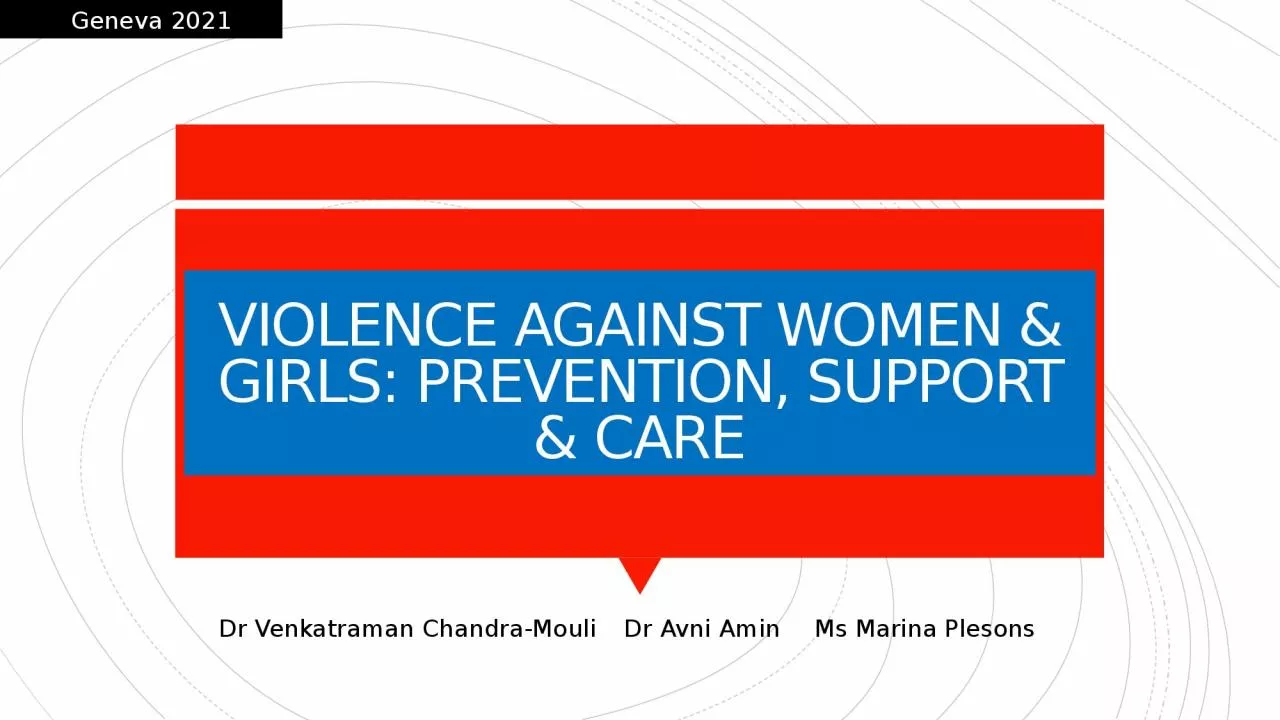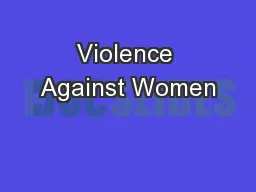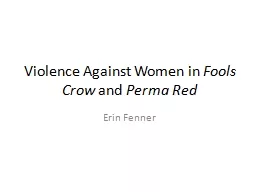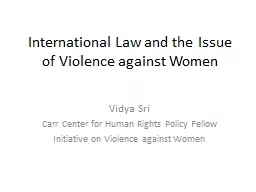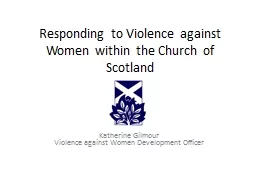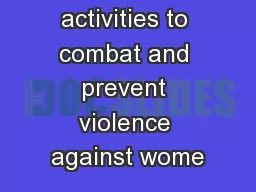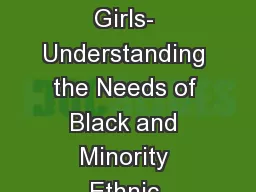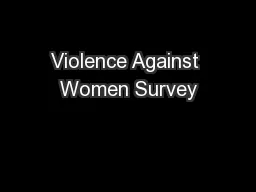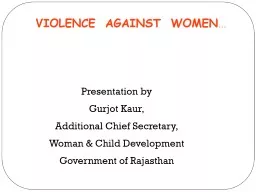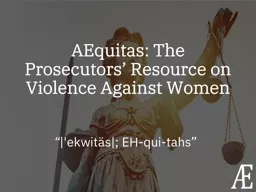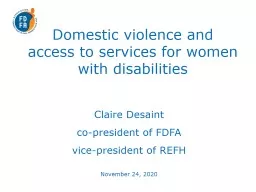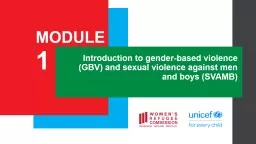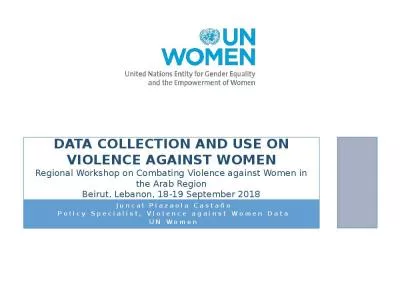PPT-VIOLENCE AGAINST WOMEN & GIRLS: PREVENTION, SUPPORT & CARE
Author : badra | Published Date : 2022-06-28
Geneva 2021 Dr Venkatraman ChandraMouli Dr Avni Amin Ms Marina Plesons DEFINITIONS Genderbased violence GBV Violence directed towards a woman because she is a
Presentation Embed Code
Download Presentation
Download Presentation The PPT/PDF document "VIOLENCE AGAINST WOMEN & GIRLS: PREV..." is the property of its rightful owner. Permission is granted to download and print the materials on this website for personal, non-commercial use only, and to display it on your personal computer provided you do not modify the materials and that you retain all copyright notices contained in the materials. By downloading content from our website, you accept the terms of this agreement.
VIOLENCE AGAINST WOMEN & GIRLS: PREVENTION, SUPPORT & CARE: Transcript
Download Rules Of Document
"VIOLENCE AGAINST WOMEN & GIRLS: PREVENTION, SUPPORT & CARE"The content belongs to its owner. You may download and print it for personal use, without modification, and keep all copyright notices. By downloading, you agree to these terms.
Related Documents

